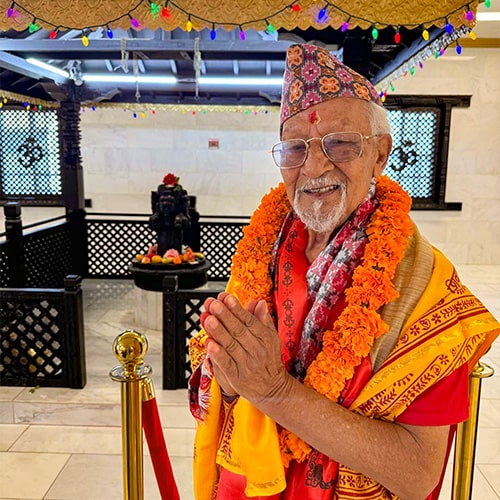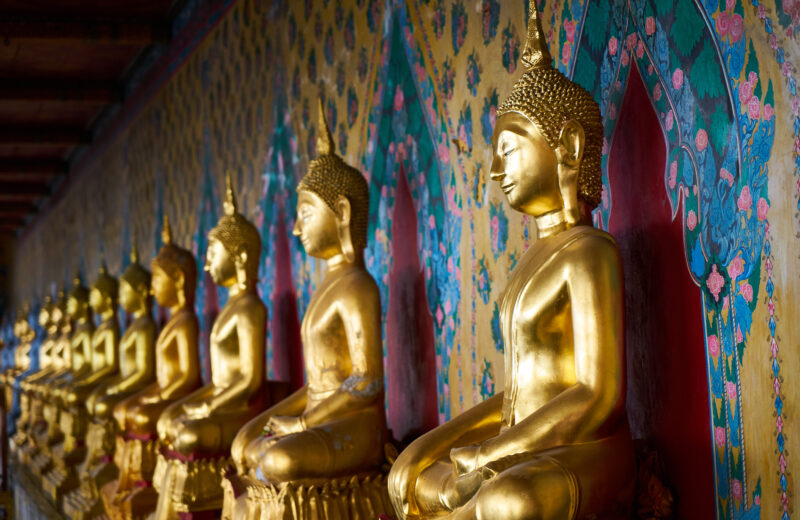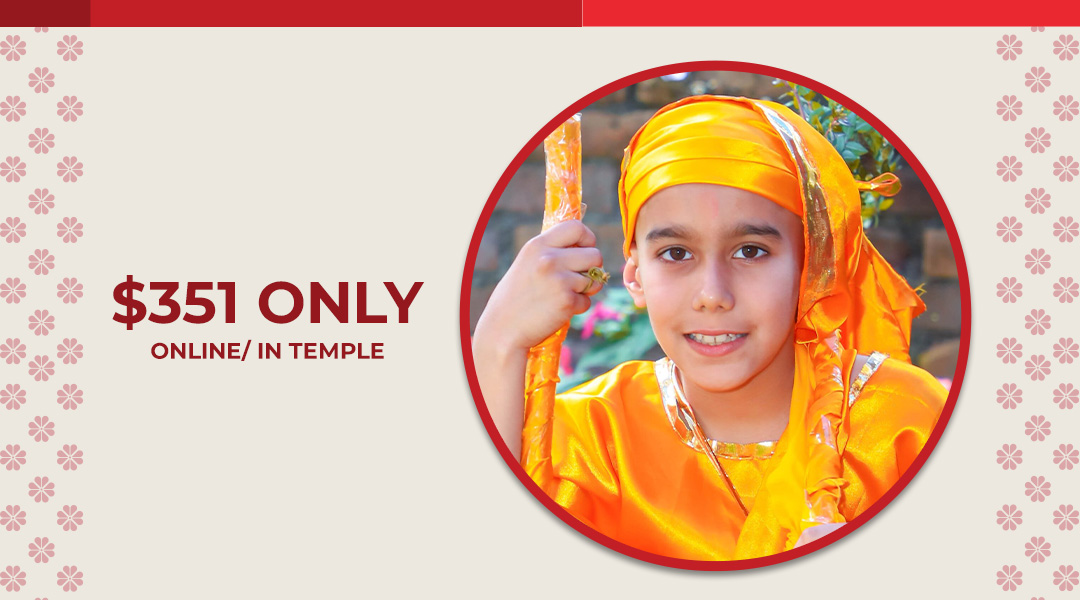
Bartabandha Puja: A Sacred Rite of Passage
Bartabandha Puja, also known as Upanayana or the Sacred Thread Ceremony, is an important Hindu ritual marking a young boy’s transition into spiritual and disciplined life. This ancient Vedic tradition symbolizes the beginning of formal education in scriptures and responsibilities towards family and society. It is primarily observed among Hindu communities, especially by Brahmins, Kshatriyas, and Vaishyas.
Significance of Bartabandha Puja
Bartabandha represents a boy’s entry into Brahmacharya (the student phase of life), where he takes an oath to follow discipline, learn sacred teachings, and uphold moral values. The sacred thread (Yajnopavita) is bestowed upon him, signifying purity, wisdom, and devotion. This ceremony also marks the child’s readiness to receive guidance from a guru in Vedic studies and righteous living.
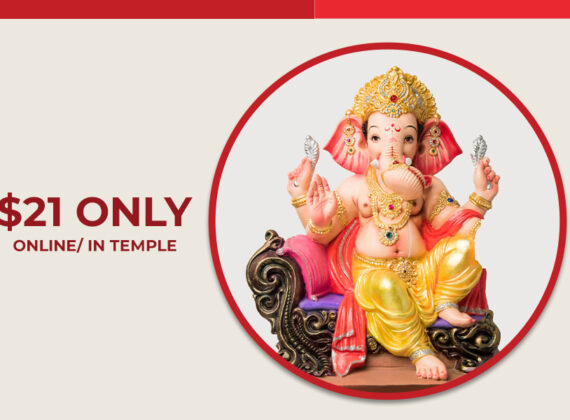
Archana Puja
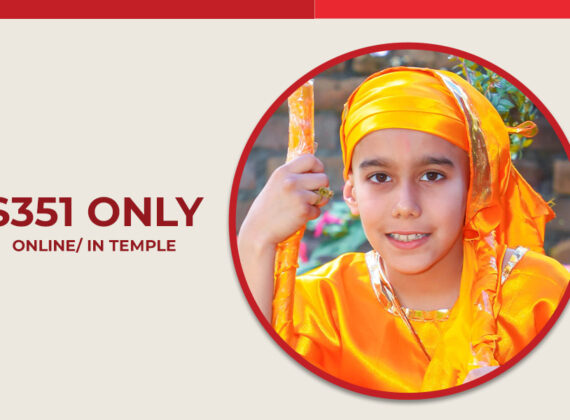
Bartabandha Puja
When is Bartabandha Performed?
- Typically performed between the ages of 7 and 16, depending on family traditions and astrological considerations.
- An auspicious date is selected based on the boy’s birth chart and Hindu Panchang (calendar).
- It is often conducted before marriage, ensuring the individual has undergone the necessary spiritual rites.
How is Bartabandha Puja Performed?
The ceremony involves several sacred rituals performed by priests and guided by family elders:
- Ganesh Puja – The ceremony begins with prayers to Lord Ganesha to remove obstacles.
- Head Shaving (Mundan) – In many traditions, the boy’s head is shaved, symbolizing the shedding of past impurities.
- Holy Bath (Snana) – The boy takes a ritualistic bath, signifying purification.
- Sacred Thread Wearing (Yajnopavita Dharan) – The priest chants mantras and places the sacred thread across the boy’s shoulder.
- Gayatri Mantra Initiation – The boy is taught the powerful Gayatri Mantra, which he must recite daily.
- Offering to Ancestors (Pind Daan) – Prayers and offerings are made to ancestors seeking their blessings.
- Bhikshatana (Begging for Alms) – The boy symbolically begs for food from family members, signifying humility and detachment.
- Blessings & Celebration – Relatives and guests bless the boy, followed by a feast and cultural celebrations.
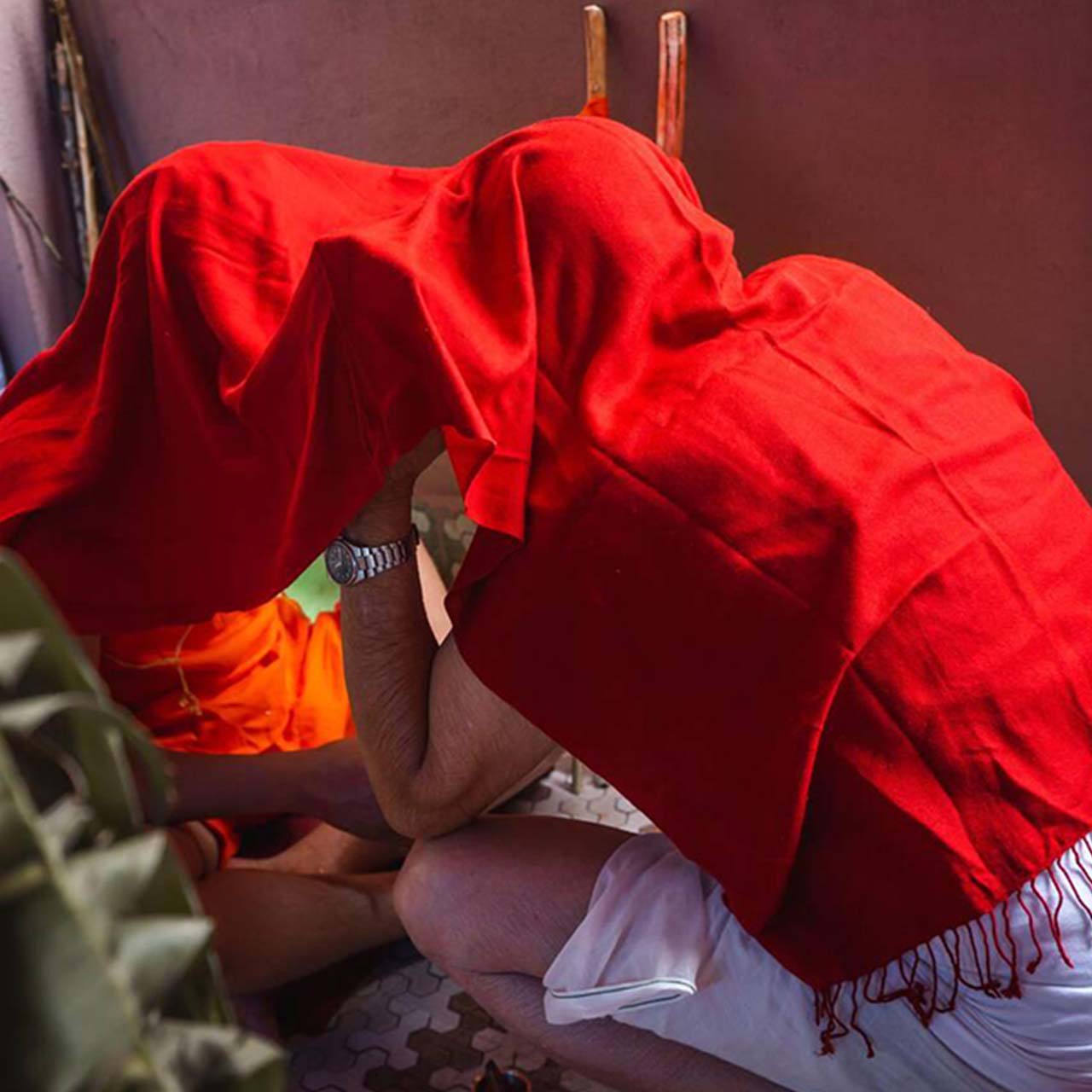
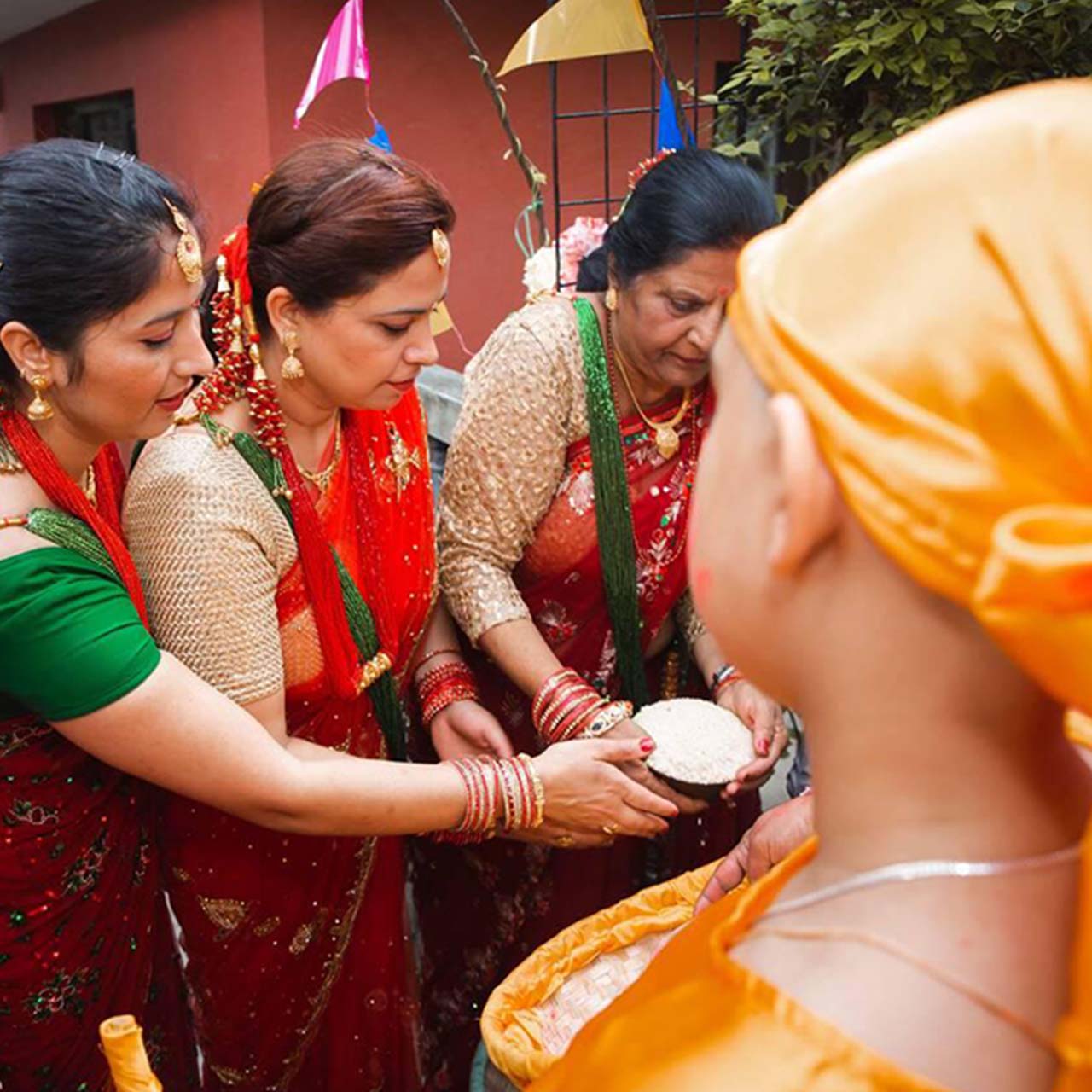

Regional Variations
Different Hindu communities have unique ways of performing Bartabandha. In Nepal, the ceremony is a grand celebration with traditional music and family gatherings. In South India, it is known as Upanayana and involves detailed Vedic rituals. Some families also conduct a fire ritual (havan) as part of the ceremony.
Conclusion
Bartabandha Puja is a crucial spiritual milestone that instills discipline, devotion, and responsibility in a young boy’s life. This sacred tradition connects him to his cultural roots and prepares him for a righteous and knowledgeable path ahead. By undergoing this ceremony, he embraces the teachings of Hindu Dharma, paving the way for spiritual and personal growth.
Email Address
info@pashupatinathfoundation.org
Phone Number
562- 864 -7600




